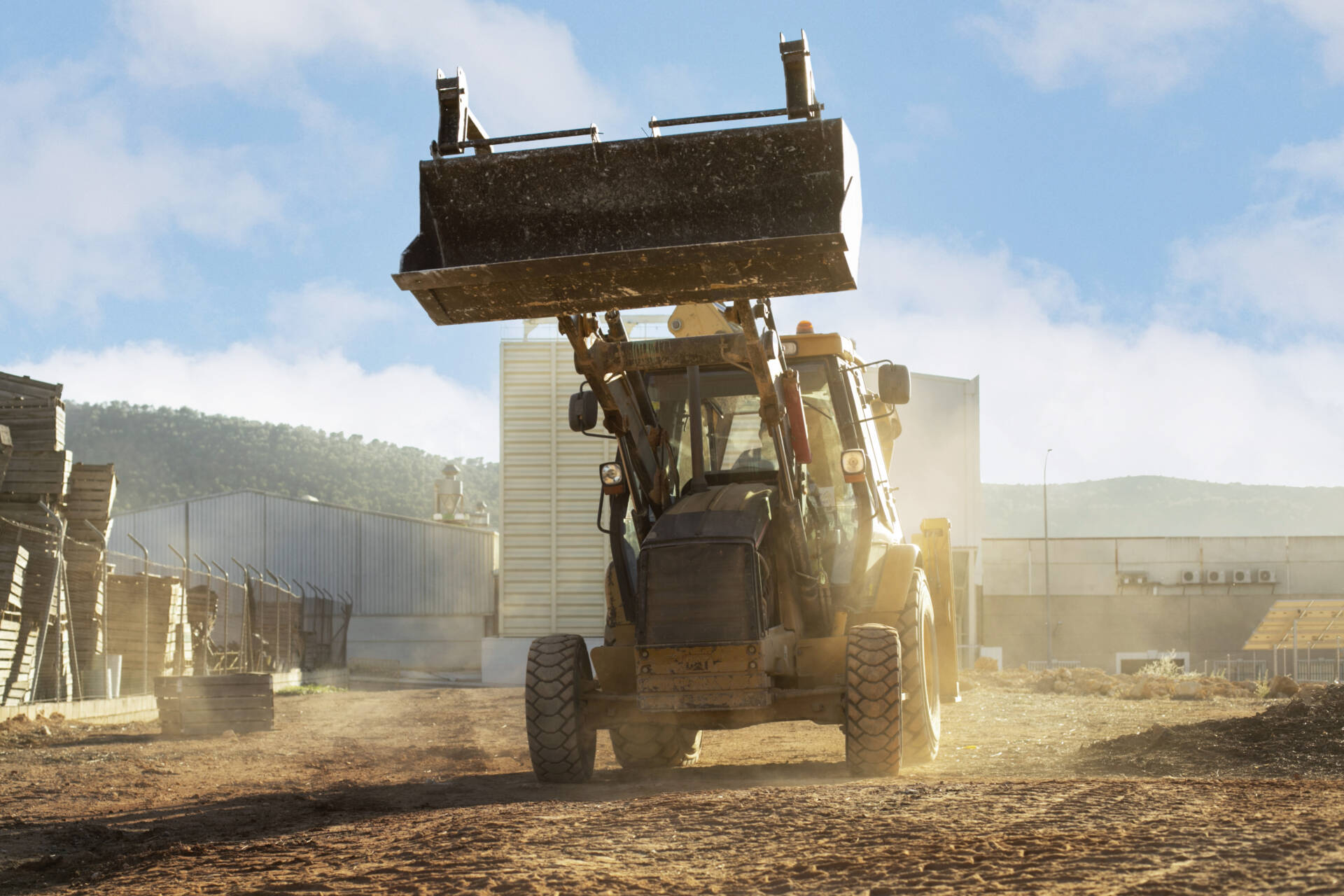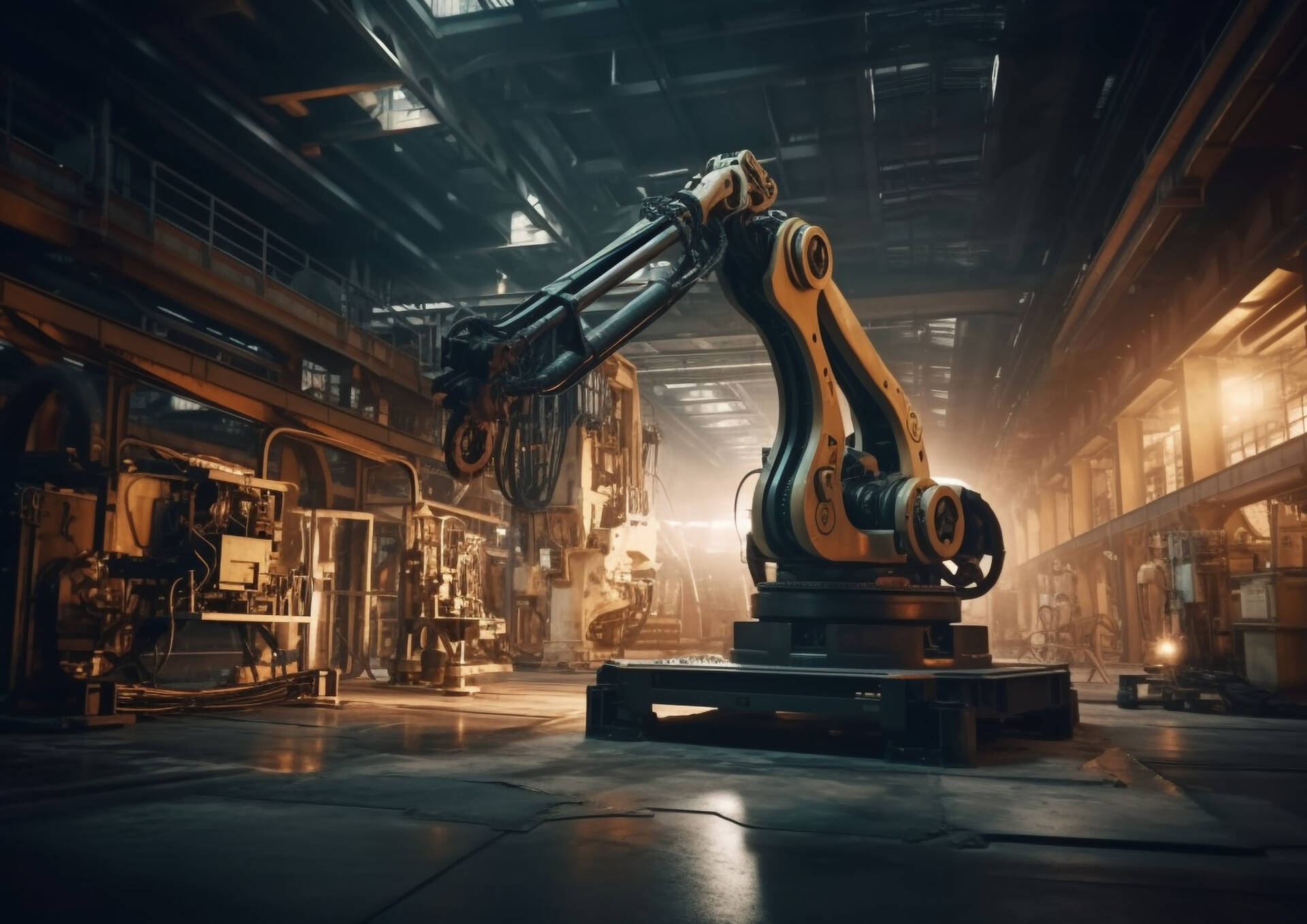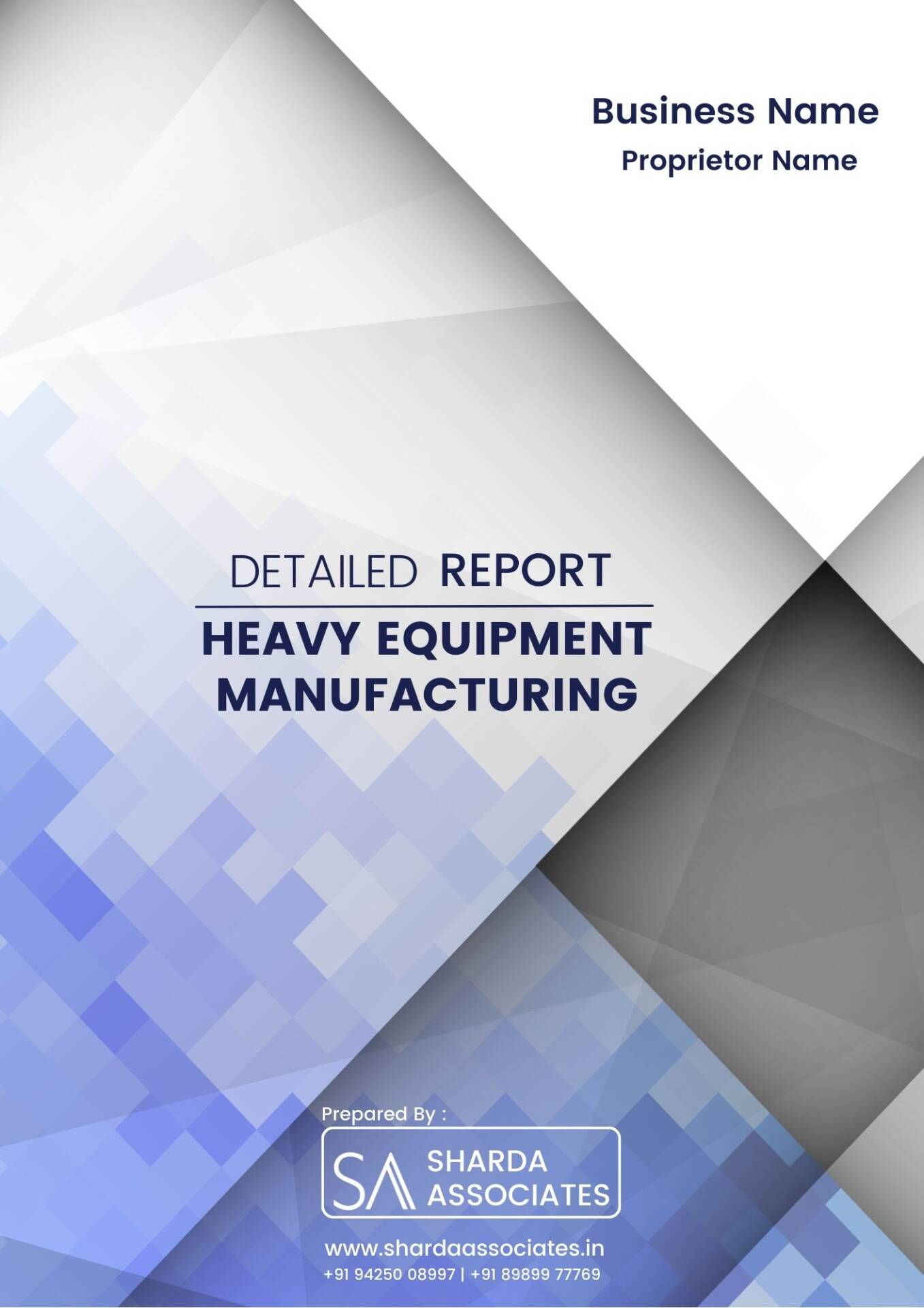Detailed Report On Heavy Equipment Manufacturing
Heavy equipment manufacturing entails producing large machinery like bulldozers, excavators, and cranes. These robust machines are crucial in construction, mining, and infrastructure development, driving growth in various industries.
Introduction


Detailed Report on Heavy Equipment Manufacturing is as follows.
Heavy equipment, often known as heavy machinery or construction equipment, refers to massive and sturdy machines used in a range of industries and building projects to do tasks that would be difficult or impossible for humans to execute manually. These machines are designed to handle heavy loads, rugged terrain, and challenging tasks, making them vital tools in the contemporary construction, mining, agriculture, and transportation sectors. Heavy machinery is required for construction. Construction companies employ heavy machinery to perform tasks such as excavation, grading, lifting, and hauling large items.
Bulldozers, excavators, cranes, and loaders are some of the most common heavy machinery used in construction projects. These machines are capable of digging foundations, leveling ground, moving and arranging massive materials, and rapidly constructing buildings. Heavy machinery is utilized in a wide range of applications, including civil engineering, infrastructure, and military projects, as well as other heavy construction projects and agricultural and forestry projects. Military equipment includes tanks and aircraft carriers, but civil engineering uses tools ranging from gigantic cranes to relatively minor instruments like jackhammers.
Infrastructure projects include highway repair and maintenance, bridges and overpasses, and projects such as interstate bypasses. During the manufacturing process, engineers and designers create detailed drawings and plans for heavy equipment, taking into account factors like as function, materials, and safety. Steel, for example, is acquired and prepped for manufacture. The main components of the equipment are built during the fabrication phase by cutting, shaping, and welding.
These components are then assembled together, and electrical and hydraulic systems are integrated. Throughout the process, quality control checks are performed to verify the equipment satisfies safety and performance criteria. Before it is suitable for distribution and usage, the equipment is subjected to extensive testing to identify and correct any flaws. To produce reliable and lasting heavy equipment, the production process involves qualified labour, advanced machinery, and adherence to industry norms.

Detailed Report Sample On Heavy Equipment Manufacturing



Market Potential Of Heavy Equipment Manufacturing
The global heavy construction equipment market was worth $176.8 billion in 2020, with a 4.8% CAGR to $257.2 billion by 2028.
The growing private sector investment, real estate sector expansion, improved economic circumstances, and residential and commercial infrastructure development in emerging markets are propelling the heavy construction equipment market. Furthermore, market growth has been aided by the rise of government infrastructure development projects and public-private partnerships for the building of public infrastructure systems in countries such as the United States, India, and China. Consumers worldwide seek more technologically advanced, fuel-efficient construction equipment. Upgraded equipment reduces labor costs, enables more precise tracking of work at each stage of the process, and reduces operational costs.
Players are striving to expand their business by introducing new goods, services, or solutions that fully utilize information and communication technology (ICT) and the Internet of Things (IoT). Economic progress in emerging markets and the recovery of industrialized countries are driving demand for heavy equipment. As economies develop, so does the demand for infrastructure, transportation, and resource extraction, which benefits equipment manufacturers. The renting and leasing of heavy equipment is growing, particularly in places where small and medium-sized firms choose to rent rather than acquire machinery. As a result of this development, manufacturers gain from a continuous income stream.
Furthermore, as expenditures in industrial and commercial development projects expand in developing countries like as China and India, so will the need for road construction and earthmoving equipment. The civil engineering and concrete equipment segments are predicted to grow gradually, as the number of current construction and infrastructure projects determines demand for this equipment. Because of the limited need for mining applications, the crushing and screening equipment business is expected to grow dramatically.
Contents of Project Report
A project report helps you identify whether a project is worth pursuing. It presents the holistic view and brings complete insight of the business and its activity.
It acts as a guide for all the business operations, aids in taking all financial decisions related to the existing businesses and to the start-ups. It serves as roadmap to the business and provides information to the outsider who are wanting to know more about the business.
You will have the opportunity to build new goals and expansion ideas in one single document. Everyone, from the banks to potential investors, will need to have a look at the project report before they shell out any money.
A well drafted project report generally consists details about:
- Brief History of the Business
- The Promoters
- SWOT Analysis
- Industry Outlook
- Past Financial Statements
- Projected Financial Statements
- Infrastructure and Human Resource required
- CMA data
- Business model
- Requirement of Working Capital Funds
- Means of Finance
Other relevant information, if any.
